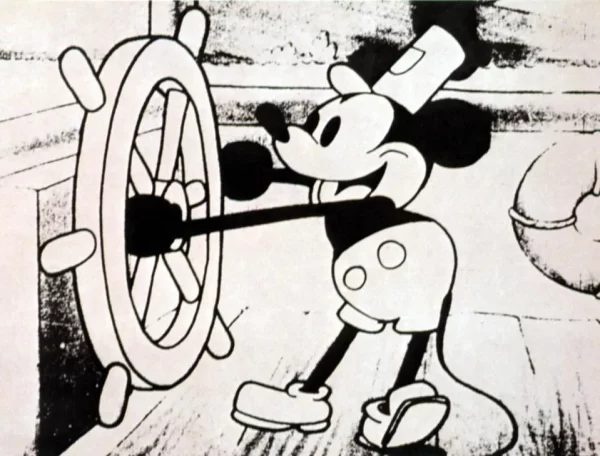An overview of how impeachment works
November 1, 2019
With an impeachment inquiry being launched against President Donald Trump, many citizens wonder what processes are involved in the impeachment of a U.S. president. Most people know that impeachment allows a president to be removed from office. However, the removal of a president is a multi-step process which requires approval from both the House and Senate. Even if charges of impeachment are brought, a president might not be removed. Throughout U.S. history, only two presidents have been impeached, and both were acquitted by the Senate. Many federal judges have been removed from office through the impeachment process.
People often believe that impeachment requires illegal activity. However, impeachment proceedings may begin in response to a wide variety of improper behaviors from a president or judge. Specifically, the constitution states that impeachment allows a civil officer to be removed from office as punishment for “treason, bribery, or other high crimes and misdemeanors.” The “high crimes and misdemeanors” portion is left fairly open, but has generally been interpreted to refer to the misuse of power. In the past, multiple federal judges have been impeached for abuse of power.
To be begin impeachment, the speaker of the House must first approve of the opening of an impeachment inquiry. A committee within the house of representatives then decides on the articles of impeachment. These are the offenses for which the civil officer is being impeached. These articles are then investigated, and voted on by the House Judiciary Committee. If any of the articles are passed, the full House of Representatives will then vote on whether or not to impeach the officer.
If a majority of the House votes to impeach, the case is brought to the Senate. The Senate then hears the case, and votes on a conviction. With a two-thirds majority vote, the civil officer is convicted and removed from office. If the Senate votes not to convict the officer, then there is no punishment other than a harmed reputation. With the numerous steps involved in impeachment, the removal of a president can be difficult. Even if the House of Representatives votes to impeach, a conviction by the Senate is not guaranteed.
Impeachment, U.S. House of Representatives https://history.house.gov/Institution/Origins-Development/Impeachment/ Accessed Oct. 30, 2019.
Savage, Charlie. How the Impeachment Process Works, The New York Times https://www.nytimes.com/2019/09/24/us/politics/impeachment-trump-explained.html 24, Sept. 2019. Accessed Oct. 30, 2019.
Keneally, Meghan. Trump impeachment hearing: Here’s how the process works, ABC News https://abcnews.go.com/Politics/impeachment-process-works/story?id=51202880 25, Sept. 2019. Accessed Oct. 30, 2019.
Impeachment and Removal, Congressional Research Service https://crsreports.congress.gov/product/pdf/R/R44260 Accessed Oct. 30, 2019.
















